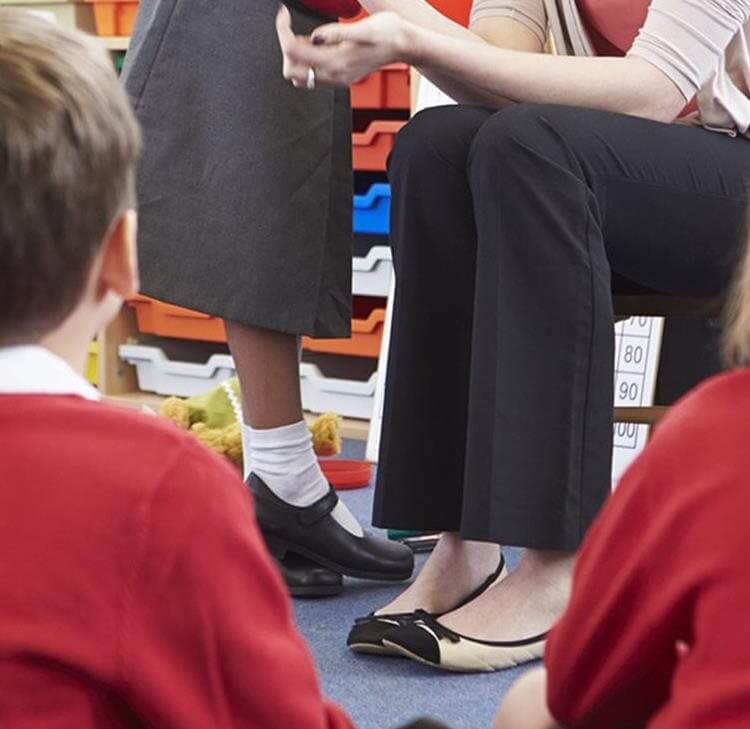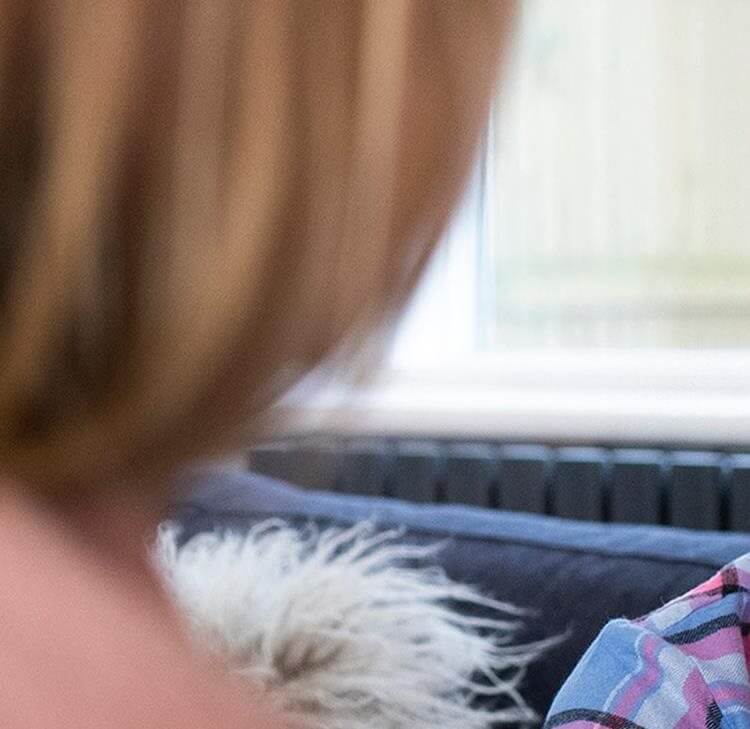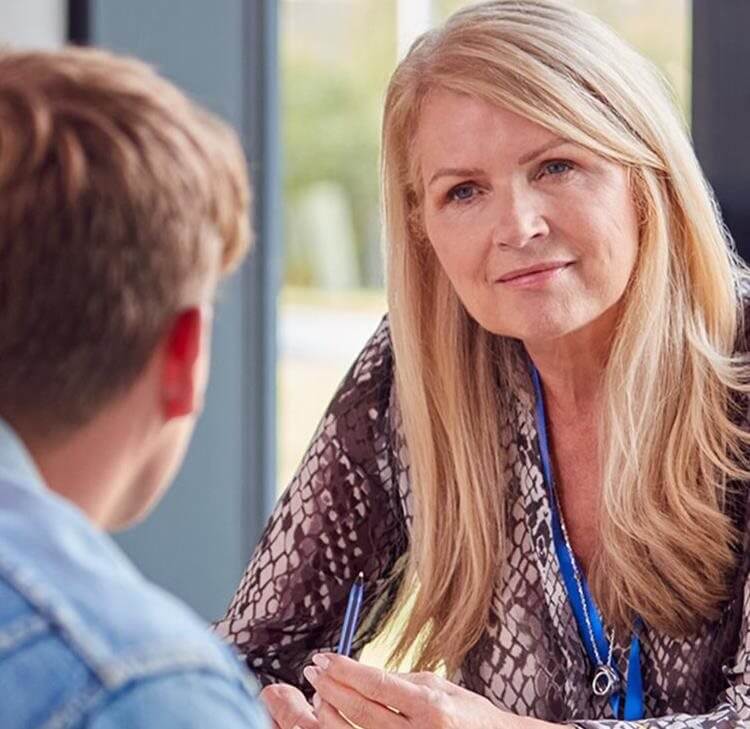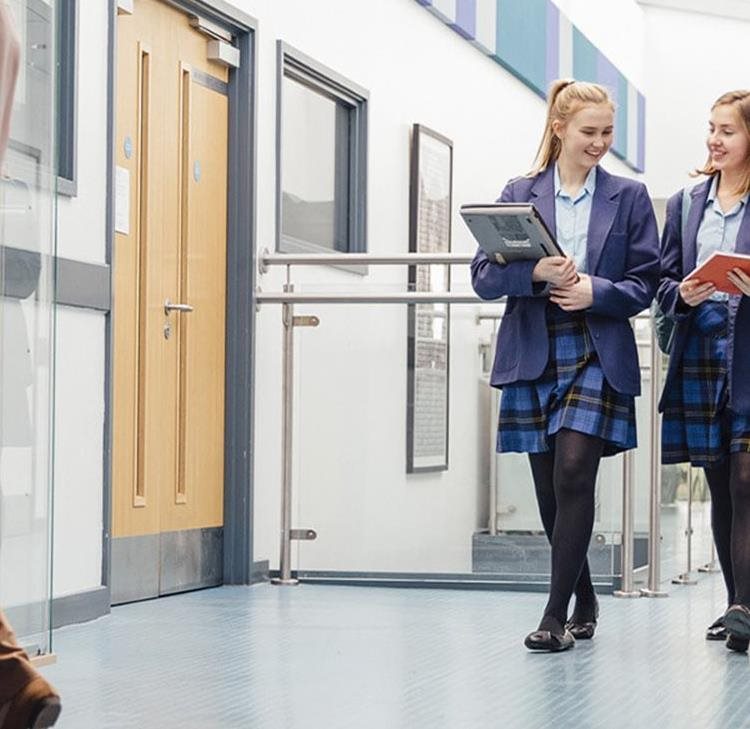The Independent Inquiry into Child Sexual Abuse (the Inquiry) was established in March 2015 and we now have its report which, as you would expect with such a broad scope, is long and makes a number of far-reaching recommendations. In this article, Dai Durbridge highlights seven of the 20 recommendations, sets out how they could impact on schools and suggests what steps they should now take.
Key recommendations from the report
1. Recommendation 1 (pages 146-148): A single core data set >
2. Recommendation 2 (pages 157-161): Child Protection Authorities for England and Wales >
3. Recommendation 4 (pages 163-168): Public awareness >
4. Recommendation 9 (pages 191-196): Greater use of the barred list >
6. Recommendation 13 (pages 221-231): Mandatory reporting >
7. Recommendation 17 (pages 275-278): Access to records >
Recommendation 1 (pages 146-148): A single core data set
The details: The Inquiry recommends improvements to the collection by children’s social care and criminal justice agencies of data concerning child sexual abuse and child sexual exploitation by introducing one single core data set that is consistent and compatible.
What it will mean in practice: The current inconsistent approach to data collection means that identifying patterns and categories of abuse and the scale of it cannot be done. The creation of a single core data set for all agencies and organisations to follow will fix this problem and from there we can better understand characteristics of victims and perpetrators, the context of the abuse and the settings in which it takes place.
What schools and trusts should do now: We do not yet know the categories that the single core data set will define so it’s hard to get moving on this one. However, now is a good time to review how you are collecting data on sexual abuse, CSE and harmful sexual behaviour, how you are analysing it and what steps you are then taking to act on it. Your online recording systems will have a strong role to play.
Recommendation 2 (pages 157-161): Child Protection Authorities for England and Wales
The details: The establishment of Child Protection Authorities to improve practice, provide advice and recommendations to government regarding policy, improve child protection and to inspect institutions and settings as it considers necessary and proportionate. The Child Protection Authorities should also monitor the implementation of the Inquiry’s recommendations.
What it will mean in practice: This is probably the most significant recommendation and one that seems designed to rethink how child protection advice and support is provided. There is no suggestion that this replaces the existing multi-agency approach, but rather it suggests creating a separate (and perhaps overarching) authority to provide support and resources to organisations working with children and to make recommendations to government for change. The national - as opposed to regional – remit should also help drive a more consistent approach to child protection.
What schools and trusts should do now: It is a significant undertaking to get a new authority up and running so don’t expect a new authority to be in place in the short-term; legislative change is required, making it even more complex. There’s not a lot for schools to do to prepare for this change, but I do recommend keeping a watching brief on this recommendation (we’ll help you with that).
Recommendation 4 (pages 163-168): Public awareness
The details: Commissioning regular programmes of activity to increase public awareness about child sexual abuse. This should include using varied approaches to challenge myths and stereotypes surrounding child sexual abuse and continuous evaluation to measure impact.
What it will mean in practice: An interesting and important recommendation focused on one of the key problems: societies’ discomfort with accepting the existence of child sexual abuse and near-refusal by many to discuss it. A cultural shift is needed to make the reality of child sexual abuse a more ‘mainstream’ topic without, as the report puts it, “being sensationalist or ‘titillating’”. Expect to see changes in both the more formal arenas (such as government information campaigns) to the more informal yet often more influential arenas (i.e. how television, print and other media portrays child sexual abuse in factual and fictional content).
What schools and trusts should do now: Expect to see changes in the curriculum regarding how and when child sexual abuse is discussed and taught. As good as many of you are already, continue thinking about how you can influence a shift in views, remove taboos and encourage a different debate. We will see guidance flow from the new Child Protection Authority in time but there is no need to wait – start (well, continue) this conversation now.
Recommendation 9 (pages 191-196): Greater use of the barred list
The details: The ability to check if an individual working or volunteering with children on a frequent basis has been barred by the Disclosure and Barring Service (DBS) should also apply where the role is undertaken on a supervised basis.
What it will mean in practice: Seen by many as something of a safeguarding loop hole, this recommendation would effectively reverse the approach taken where supervised volunteers are classed as not being in regulated activity, meaning the school or trust was not entitled to carry out a barred list check. In other words, a barred individual could still volunteer.
What schools and trusts should do now: Firstly, keep a watching brief on this one as well. It’ll require legislative change to bring it in so it may take some time. Secondly, revisit how you vet volunteers at the moment. The report makes it clear that the ‘supervised volunteer’ approach is perhaps not the best from a safeguarding perspective so consider whether you will move to using only volunteers who are treated as engaging in regulated activity and thus checked against the barred list.
Also note that there is a separate review of the DBS regime which is due to report imminently. We’ll keep you updated on that.
Recommendation 10 (pages 196-197): Improving compliance with the statutory duty to notify the Disclosure and Barring Service
The details: Designed to improve compliance with the statutory duty to refer individuals to the DBS, proposed actions include inspections to check compliance, put in place arrangements for criminal investigation into non-compliance and improve information sharing between the DBS and regulators/inspectorates.
What it will mean in practice: A clear focus on discharging this duty. Expect to see changes to Keeping Children Safe in Education (KCSE) (perhaps for 2023) to highlight the importance of this requirement.
What schools and trusts should do now: For now, make sure you are complying with the duty to refer when it is triggered. For advice and support with that, feel free to get in touch. Aside from that, keep an eye out for changes to guidance.
Recommendation 13 (pages 221-231): Mandatory reporting
The details: Creating a legal duty for various individuals (including those in schools) to report child sexual abuse where a disclosure is received, where they witness the abuse or observe recognised indicators of sexual abuse. Reports should be made to the local authority or the police and it is further recommended that it is a criminal offence not to report where the individual receives a disclosure from a child or perpetrator or they witness a child being sexually abused.
An exception to this mandatory reporting is proposed for sexual activity with a child aged between 13 and 16 years old as long as the individual is satisfied that it is not harmful, coercive, or exploitative and the age gap is no more than three years.
What it will mean in practice: This is a big one. There is plenty of discussion in the report about the pros and cons of mandatory reporting; I won’t rehearse them here, but they are worth a read. The main concern here centres around local authority capacity to receive and manage a significant increase in concerns. There is no easy fix for this that doesn’t have a financial impact.
What schools and trusts should do now: Read the relevant part of the report to understand the arguments for and against. As you will see from the report, the introduction of mandatory reporting is unlikely to lead to a significant change in practice in schools:
“…where an organisation has procedures for reporting child protection concerns (such as an appointed designated safeguarding lead), reports could be escalated through those procedures and a report made on behalf of the organisation.”
Staff could therefore continue to report to the DSL and the DSL would then take the lead on reporting. So, in reality, you will probably need to just tweak existing processes rather than overhaul them if/when this recommendation is brought in. The bottleneck is still likely to be at the local authority unless they are supported by increasing resources to manage the reports. The Inquiry makes this point in the report.
Recommendation 17 (pages 275-278): Access to records
The details: The government directs the Information Commissioner’s Office to introduce a code of practice on retention of and access to records known to relate to child sexual abuse. The retention period should be 75 years with appropriate review periods.
What it will mean in practice: In short, a clear approach for the management and retention of records relating to sexual abuse.
What schools and trusts should do now: We have been holding those records for the Inquiry anyway, so it would seem sensible to review retention periods for records relating to sexual abuse. As part of that review, schools and trusts should consider how they will identify appropriate records and flag them to be retained and managed in accordance with this new requirement (assuming it comes in, of course). There may also be a need for staff training in managing these records and, perhaps more importantly, on how to respond to requests with understanding and empathy.
Finally, whilst it wasn’t a recommendation, there was an interesting paragraph (55) about policies on page 338 of the report:
“It is critical that safeguarding and child protection policies should be clear and easy to follow and implement. They should set out how the organisation will protect children from harm, ensure child protection concerns can be raised and respond to allegations or incidents, including reporting to the relevant authorities. They should also be subject to regular scrutiny or review to monitor their implementation and effectiveness”
We already know the importance of getting our policies right and this serves as a useful reminder of just how critical strong, clear and well-disseminated policies are when it comes to excellent safeguarding and child protection. Now is a good time to review your process for approving policies, making sure that it allows time for the new policies to be approved and in place for 1 September when the new KCSE guidance comes into force.
If you would like any help with that, get in touch.
Contact

Dai Durbridge
Partner
dai.durbridge@brownejacobson.com
+44 (0)330 045 2105









































